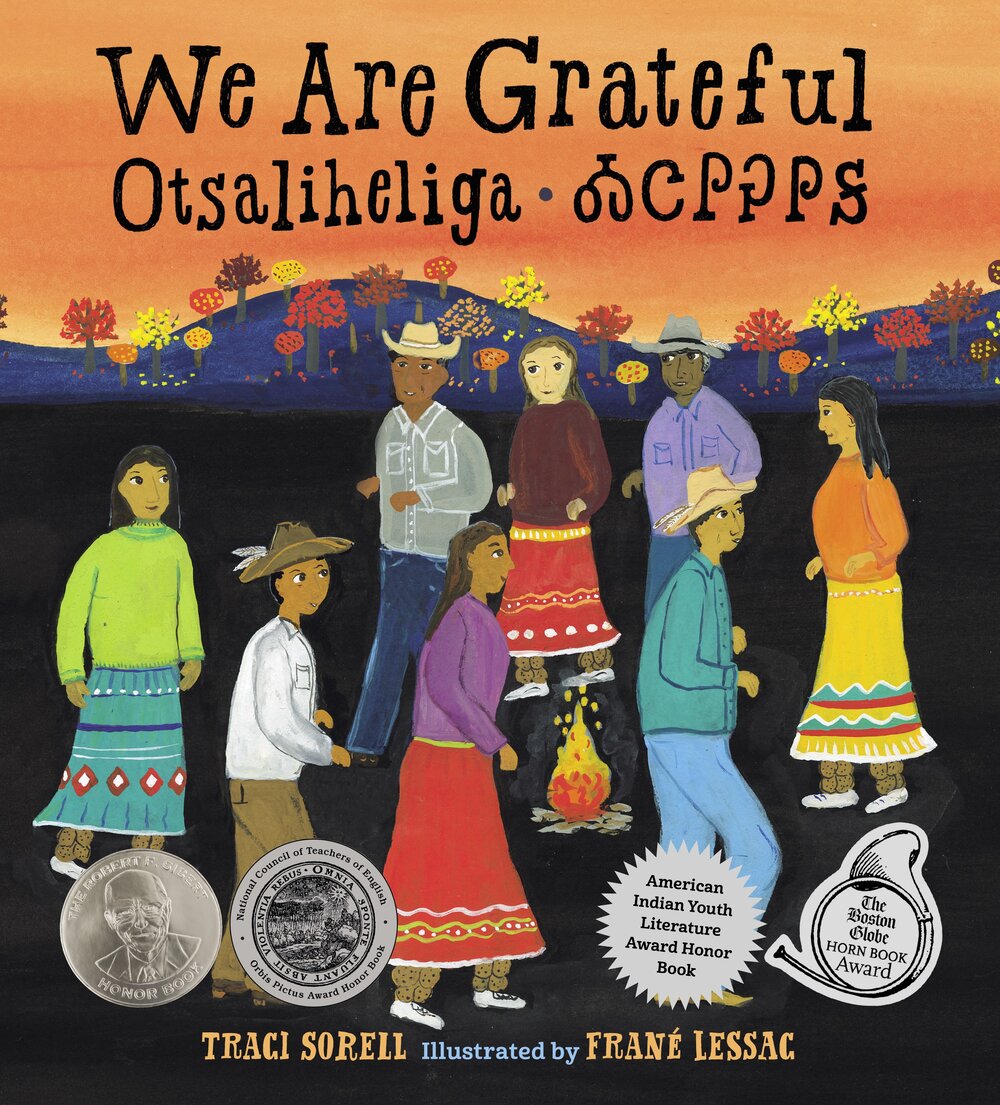As COVID-19 deaths spiked in 2020, Suzanne Firstenberg’s public art installation "In America: How could this happen…"
History Explorer Results (1131)
Related Books (350)

Grade Range:
K-12
Resource Type(s):
Reference Materials
Date Posted:
7/7/2008
This list of web resources compiled by the National Museum of American History contains links to websites that are related to the Brown v. Board of Education decision. It is included in the online exhibition entitled Separate is Not Equal: Brown v. Board of Education.

Grade Range:
K-12
Resource Type(s):
Artifacts, Primary Sources
Date Posted:
1/8/2010
On the Catholic calendar, the Three Kings are celebrated on the 6th of January. On this date Puerto Rican children traditionally expected their Christmas gifts, not from Santa Claus, but from the Three Kings. In Puerto Rico, the Three Kings, (in Spanish called Reyes Magos) are depicted a

Grade Range:
K-12
Resource Type(s):
Artifacts
Date Posted:
9/17/2015
Alfred Vail made this key, believed to be from the first Baltimore-Washington telegraph line, as an improvement on Samuel Morse's original transmitter. Vail helped Morse develop a practical system for sending and receiving coded electrical signals over a wire, which was successfully demonstrated

Grade Range:
K-12
Resource Type(s):
Artifacts
Date Posted:
4/4/2016
National Public Radio reporter Andy Carvin used this iPhone 3GS to monitor stories on Twitter during the Arab Spring movement in the winter of 2011. Twitter and social media became a large source of news during the movement as users on the ground in the Middle East relayed news and real-time even

Grade Range:
K-12
Resource Type(s):
Artifacts
Date Posted:
3/27/2018
Many Chinese men travelled to the United States and became gold miners following the discovery of gold in California in 1849. Woks such as this one were made in China, but brought to California in the 1800s and used by Chinese immigrants. As the mass influx of travelers arrived from a variety of

Grade Range:
K-12
Resource Type(s):
Artifacts, Primary Sources
Date Posted:
9/3/2020
These four friendship bracelets were created inside a holding center while the young girl awaited their case in seeking asylum from El Salvador. Arts and crafts are sometimes part of daily routine for the young children since they are not allowed to leave the center.

Grade Range:
K-12
Resource Type(s):
Artifacts
Date Posted:
8/12/2021
These ballet shoes were worn by dancer Misty Copeland at a January 2018 production of Black Swan, and have been pancaked (or colored) to match Copeland's skin color.

Grade Range:
K-12
Resource Type(s):
Artifacts, Primary Sources
Date Posted:
12/30/2009
General Charles Conrwallis was so mortified by his defeat that he dispatched his second-in-command, Brigadier General Charles O'Hara, to surrender his forces. When O'Hara offered Cornwallis's sword to George Washington, Washington, in keeping with the rigid hierarchies of military protocol, asked

Grade Range:
K-12
Resource Type(s):
Artifacts, Primary Sources
Date Posted:
2/19/2009
Carnival celebrations featuring performers dressed as devils are found in Puerto Rico and the rest Latin America. The presence of these characters during Carnival is understood by many as an ancient reference to the contest between good and evil. The devilish mask pictured here was made for the

Grade Range:
K-12
Resource Type(s):
Artifacts, Primary Sources
Date Posted:
1/29/2009
This 40-saw cotton gin and the wooden gearing came from a farm formerly owned by the Augustus C. Smith family in Monroe County, G. The gin shed was built around 1840 and operated until approximately 1900. The gin stand was probably built in the decade following the Civil War; it bears no manufact



















